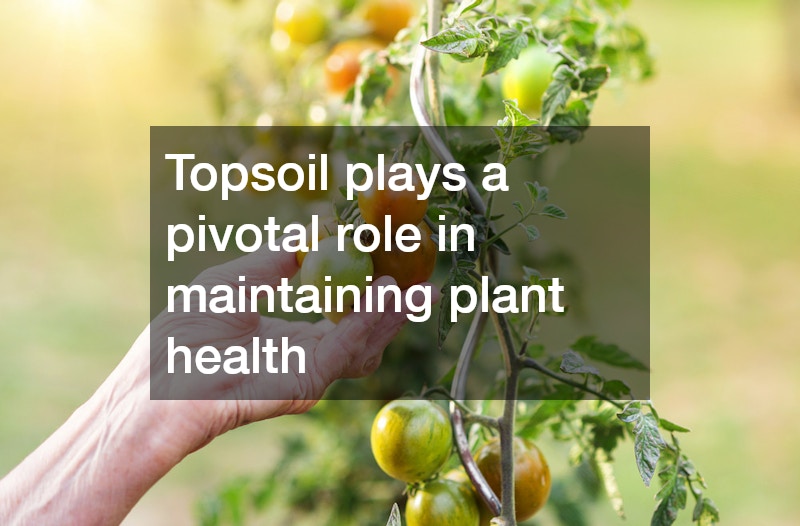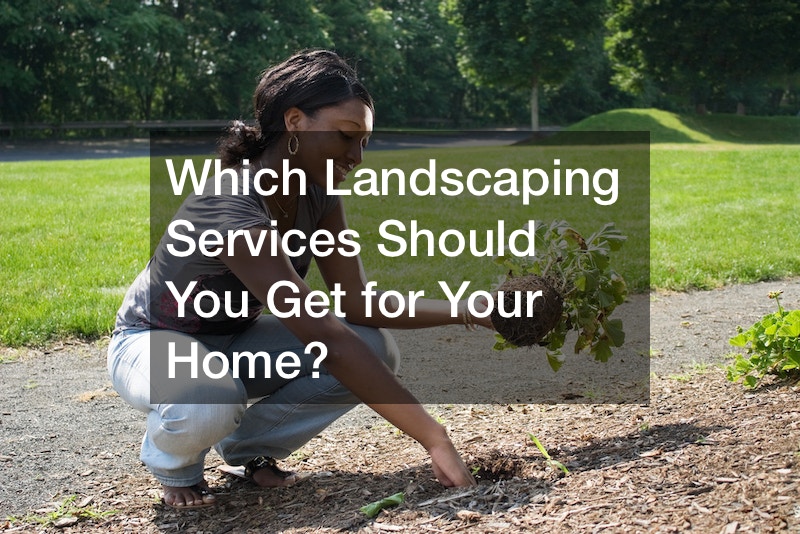Gardening begins with the soil, the foundation upon which healthy plants grow. This guide explores the concept of topsoil, its significance, and how beginners can effectively use it to start their gardening projects confidently.
When considering lawn and garden supplies, topsoil is crucial. By understanding topsoil’s role, you’ll equip yourself with the knowledge to enhance your garden’s productivity and health.
Whether you’re looking to improve your soil fertility or introduce a new layer to support plant life, this article has you covered.
Throughout this guide, we’ll delve into selecting, applying, and benefiting from topsoil to ensure your garden flourishes. Let’s embark on this gardening journey and learn why topsoil is the gardener’s best friend.
1. Definition and Composition of Topsoil
Topsoil is the uppermost layer of soil, typically ranging from 5 to 20 centimeters deep, rich in organic matter and essential nutrients. This composition makes topsoil foundational for plant growth, providing nutrients, moisture, and aeration crucial for roots.
Besides organic material, topsoil contains minerals and microorganisms that aid in breaking down organic matter and recycling nutrients. Understanding its composition helps gardeners choose the right topsoil tailored to their plants’ specific needs.
Selecting quality topsoil can fundamentally affect plant health and growth, as it’s directly linked to the ecological balance within the soil. The presence of beneficial microbes and the right texture set the stage for healthy root systems and lush foliage.
2. The Role of Topsoil in Plant Health
Topsoil plays a pivotal role in maintaining plant health by supplying essential nutrients such as nitrogen, phosphorus, and potassium. A healthy layer of topsoil ensures that these nutrients are readily available for absorption by the plants, promoting robust growth.

Its structure facilitates water retention while allowing for proper drainage, preventing waterlogging, which can damage plant roots. Additionally, the aerated nature of quality topsoil supports root respiration and helps prevent soil compaction.
The abundance of organic matter within topsoil also means it is home to various organisms that contribute to soil fertility through decomposition processes. These factors collectively create an optimal growing environment for a wide range of plant species.
3. Factors to Consider When Selecting Topsoil
When selecting topsoil, consider the soil’s texture, which can range from sandy to clayey, each affecting drainage and nutrient retention differently. The ideal topsoil often consists of a loamy texture, blending sand, silt, and clay in balanced proportions.
Soil pH is another crucial factor influencing nutrient availability and microbial activity essential for plant health. Most garden plants thrive in slightly acidic to neutral pH levels, typically between 6 and 7.5.
Organic matter content is also important as it enhances water retention, nutrient provision, and soil structure. High organic content in topsoil can improve soil fertility, leading to healthier, more vigorous plant growth.
4. Sources and Types of Topsoil Available
Topsoil can be sourced from garden centers, online stores, or local nurseries, with variations tailored for specific gardening needs. It’s crucial to evaluate sources for quality, ensuring the topsoil is rich in nutrients and free from contaminants.
Some common types include screened topsoil, enriched with compost, and manufactured topsoil, which is custom-blended for particular gardening conditions. Each type offers different advantages and can be chosen based on specific garden requirements and plant types.
When purchasing topsoil, consider conducting a soil test to determine its suitability for your plants and any amendments needed. This practice ensures that your source of topsoil aligns with plant health and growth goals.
5. Steps to Properly Apply Topsoil
Preparing your garden with topsoil begins with clearing the area of weeds and debris to avoid competition for nutrients. A thorough soil test can provide insights into current soil conditions, helping guide the application of topsoil.
After clearing, spread a 2 to 4-inch layer of topsoil evenly across the garden bed using a rake for even distribution. This depth offers a sufficient base for planting and ensures that roots have ample space for growth.
Incorporate topsoil into the existing soil with a tiller or garden fork, ensuring a uniform mix to prevent stratification. This step increases soil aeration and ensures plants benefit from the nutrients and water retention of the topsoil.
6. Common Mistakes to Avoid
One key mistake is applying topsoil without addressing underlying soil issues, such as compacted soil or incorrect pH levels. Address these concerns beforehand to enhance the benefits of topsoil and foster a conducive growth environment.
Another common error is the over-application of topsoil, which can result in suffocated roots and poor drainage. Following recommended application guidelines ensures that plants receive just the right amount of topsoil for optimal growth.
Failing to mix topsoil adequately with existing soil can lead to layering, which restricts root penetration and water movement. Ensuring a seamless blend mitigates these issues, promoting healthier, more resilient plants.
The journey to a thriving garden starts with understanding and utilizing topsoil effectively in your gardening practices. By selecting the right topsoil, preparing your garden correctly, and avoiding common mistakes, even beginners can achieve picturesque plant growth.
Remember, topsoil is not just about the substance itself but the life it supports and the beauty it brings to your garden. Armed with the knowledge from this guide, you can approach your gardening projects with renewed confidence and enthusiasm.



Leave a Reply